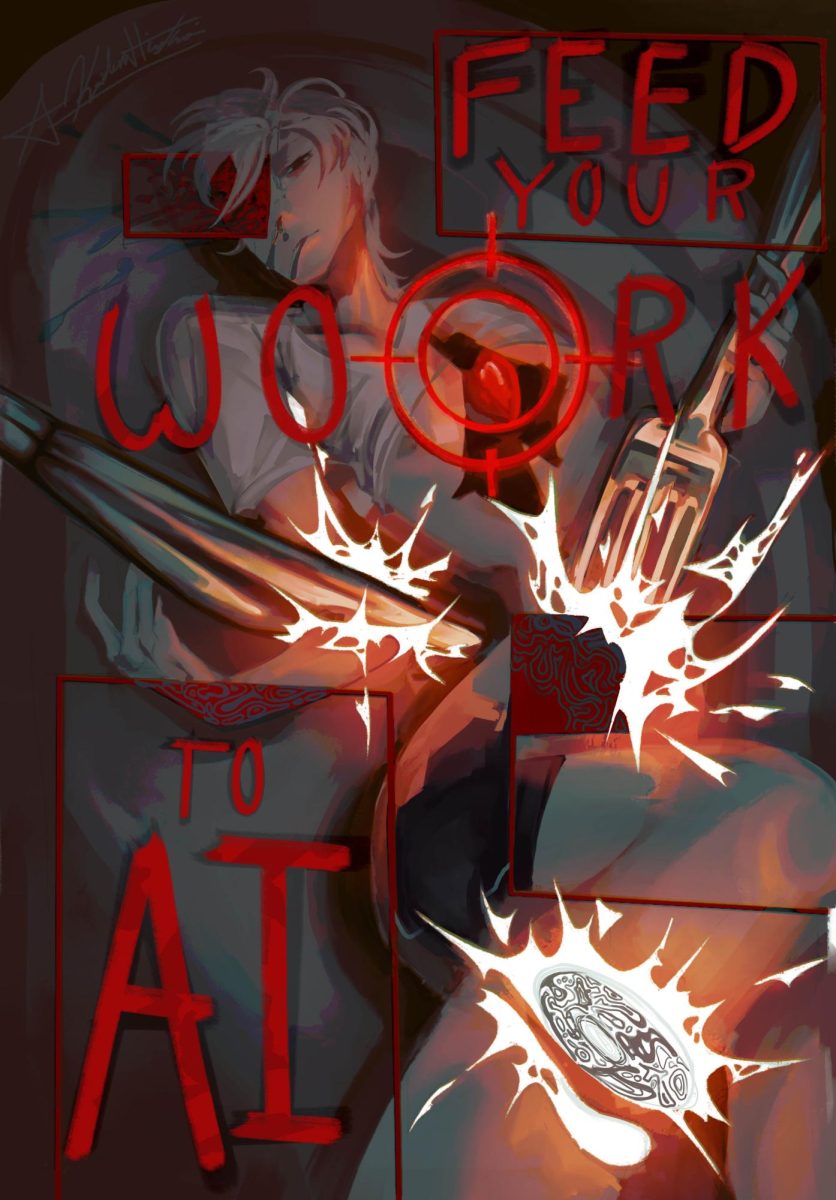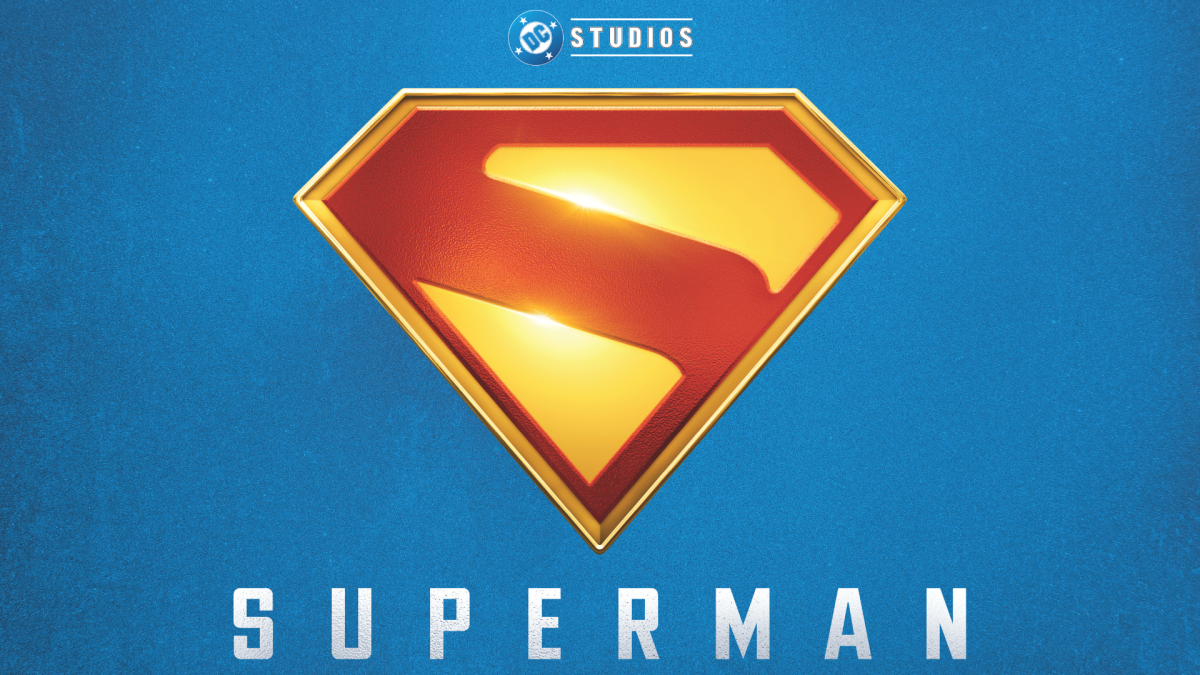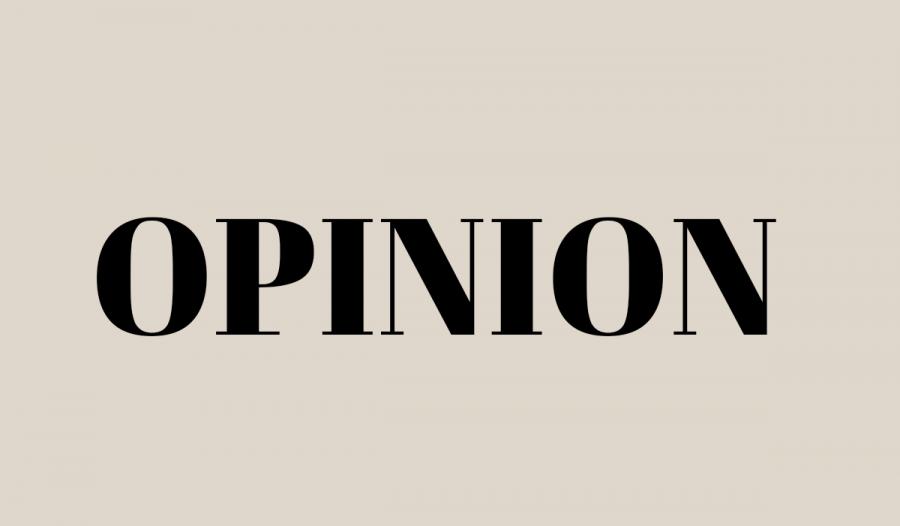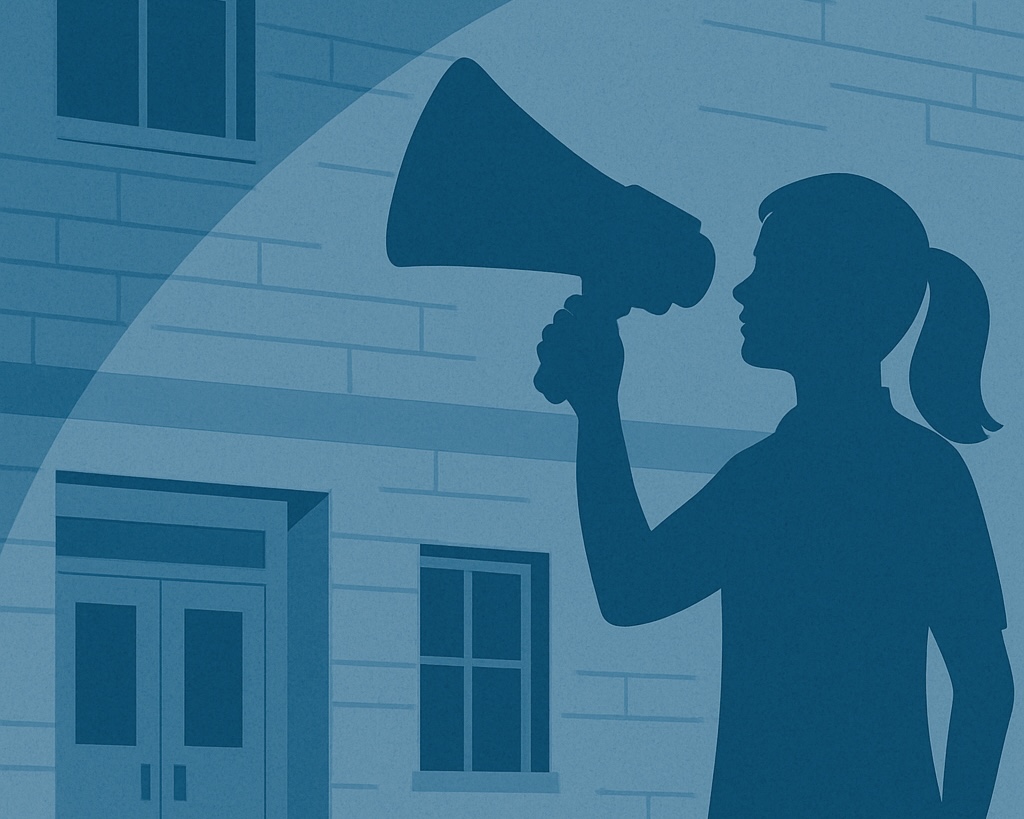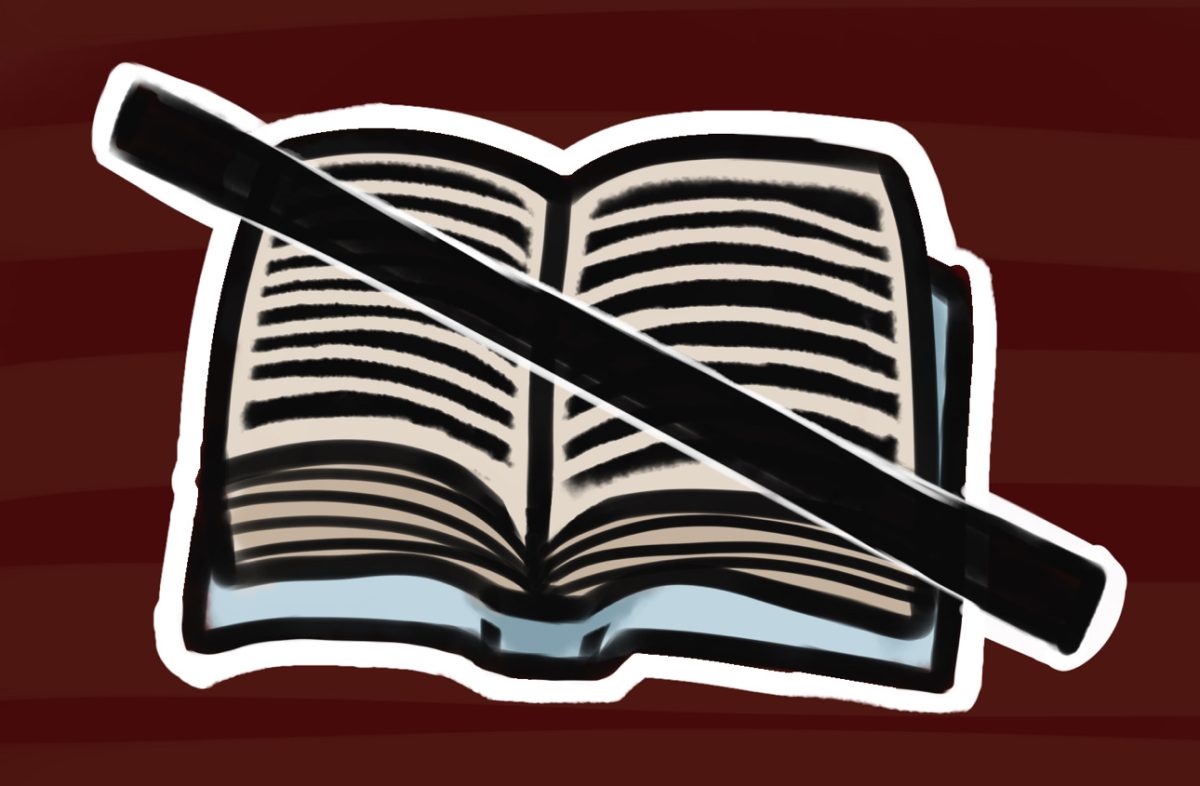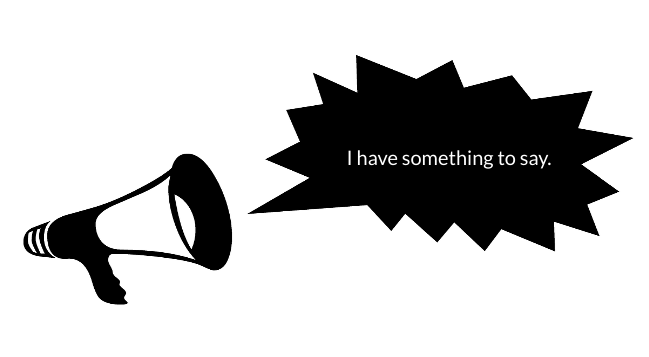Opinion: Human Artists Have Passion – AI Has None
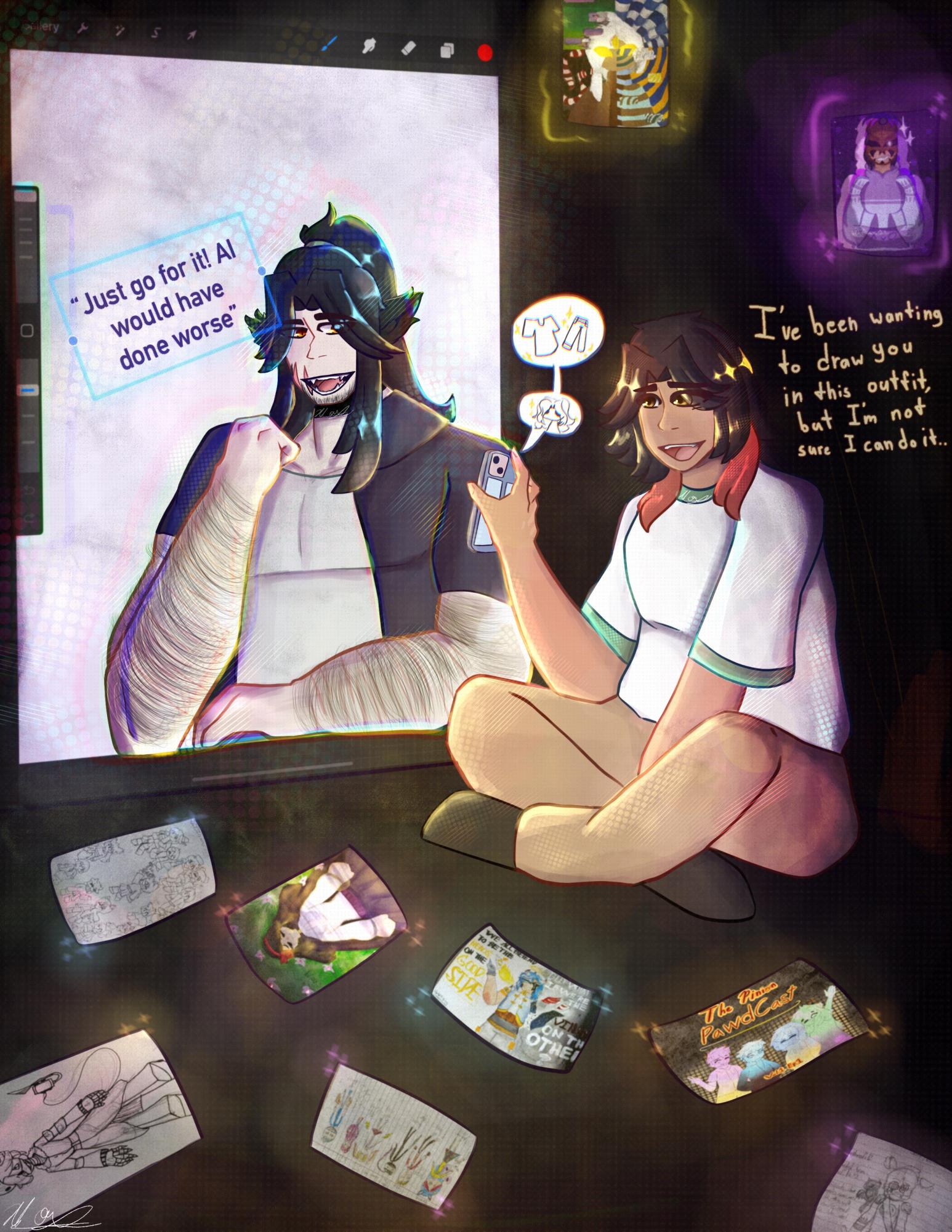
Since I wrote the article “Artist Vs AI” in March 2024, AI has become more prevalent than ever. The programs used to create AI art have become smarter as they feed off of art uploaded online, while also becoming harder to spot AI programs can even create videos, music and lines of codes now. Despite it getting smarter, it still lacks one important thing when it comes to art: passion.
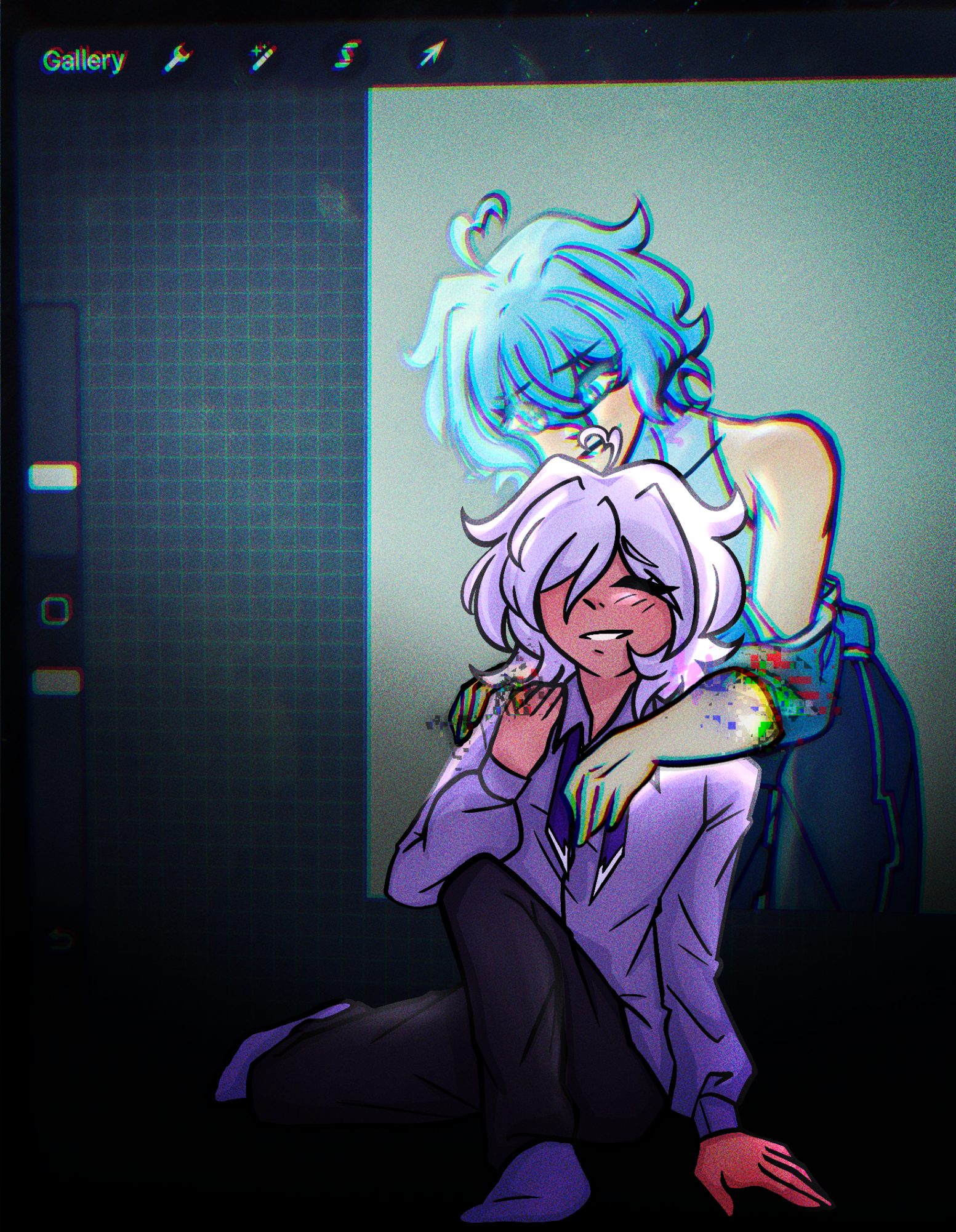
Being a digital artist and seeing AI art almost everywhere makes me question: “Why do people still use AI?”
Making art is not easy, but the joy I get out of it makes it worth all the while. From the first idea forming, looking for references, sketching, the line art, inking to finally rendering, adding the background, shadows and light-it can take hours to finish an art work and for some people even months. As much as I hate some parts of the process, seeing the finalized piece brings me so much joy.
With AI, on the other hand, all people have to do is type in a prompt and less than two seconds later, an image is made. The way these images are made is by feeding the AI mod- els art, art which the artists did not consent to be used this way, taking different aspects of their art to make an image out of stolen artwork.
Some websites like Lovart and Artlist allow users to input images so AI can use it as “inspiration.” Not only do they make it easy to steal other art work to pass off as their own, but artists with that art style get accused of using AI for having an art style that AI trains off of.
These artists try their best to show proof that they did not use AI art programs with speedpaints [accelerated recording of an artist’s creative process, a common term in the digital art community], but AI is able to fake speedpaints now as well.
Artists and writers have tried to sue AI companies for using their art to train AI models with which is copyrighted material, but not many see results due to copyright law. In one such case, the New York Times sued OpenAI for using various articles to train their GPT models. OpenAI stated in a response that “Training AI models using publicly available internet material is fair use, as supported by long-standing and widely accepted precedents.”
Although OpenAI and many other platforms allow opt-out options [the choice of not participating in something], most users are not aware of the option. In some cases, platforms like Instagram make it impossible to opt out. Digital/traditional artists, photographers, writers, musicians and even film makers are not safe from this.
Those who use AI to create art do not seem to understand the damage it brings or defend using it by saying things such as “It is much cheaper than paying an actual artist.” This makes artists, including myself, wonder if one day we will be put out of a job in the creative field.
The Pinion conducted a survey this quarter with 157 responses from McKinley High School students and staff, and 80.9% said they believe AI will or might take creative jobs away. Some respondents reason that it is more cost effective and gets things done faster.
While using AI programs does get things done quicker and faster, it sacrifices authenticity.
Seeing artists lose jobs in the industry makes it disheartening for aspiring artists wanting to join. In one such case, the company Activision used AI to make some assets in their game Call of Duty: Black Ops 6. Fans of the games noticed how the loading screens and art had telltale signs of being AI generated after the release of the Season 1 Reloaded update in Dec. 2024. It does not help that some of the items cost in game points, which are bought with real money.
What makes it sadder is that AI has been in the creative industry for longer than you can believe.
In a video [the video had closed captions translations] taken eight years ago, Hayao Miyazaki, one of the co-founders of Studio Ghibli, was shown a presentation of a basic AI model designed to mimic human movements in a grotesque and uncanny manner. Rather than be impressed, Miyazaki was appalled. When Miyazaki gave his thoughts, he said that seeing these videos made him think of a friend who has a disability which makes things harder to do and that he cannot watch the AI video and find it interesting.
“Whoever creates this stuff has no idea what pain is or whatsoever. I am utterly disgusted,” Miyazaki said in the video. He goes on to say how he would never use it in his own work
and strongly feels that it is an insult to life itself.
Fast forward into the future, there is an AI filter to just to mimic the Studio Ghibli style, which is something that goes entirely against Miyazaki’s philosophy and what he stands for.
As AI gets smarter, it gets harder to spot it, blurring the line between reality and fiction.
On a TikTok Jul 26, 2025, a video of bunnies jumping on a trampoline was uploaded to the site. It soon became viral with 235 million views and 25 million likes. Yet, it is AI. Looking into the comments one may find many disappointed viewers who thought the video was real. Some even wished the video was real.
Not only has it been deceiving people, it is slowly worming its way into history. The Netflix documentary “What Jennifer Did,” which is about the truth behind Jennifer Pan’s plot to murder her parents, had allegations of AI being used for a picture. The picture in question features Pan giving the peace sign to the camera
with a shelf in the background that had objects looking misplaced or deformed. The only response from any of the creators on the documentary comes from Jermy Grimaldi, executive producer and crime reporter for Pan’s trial, who denied the allegations of the photo being AI generated and assured that is it real.
Real or not, it raises concerns about trust and authenticity with viewers questioning whether the photos they are presented are real or not. AI makes it hard to trust sources that are supposed to provide us information. Even if you think you can spot AI, when does it come to a point where we cannot tell anymore and start believing in fake news?
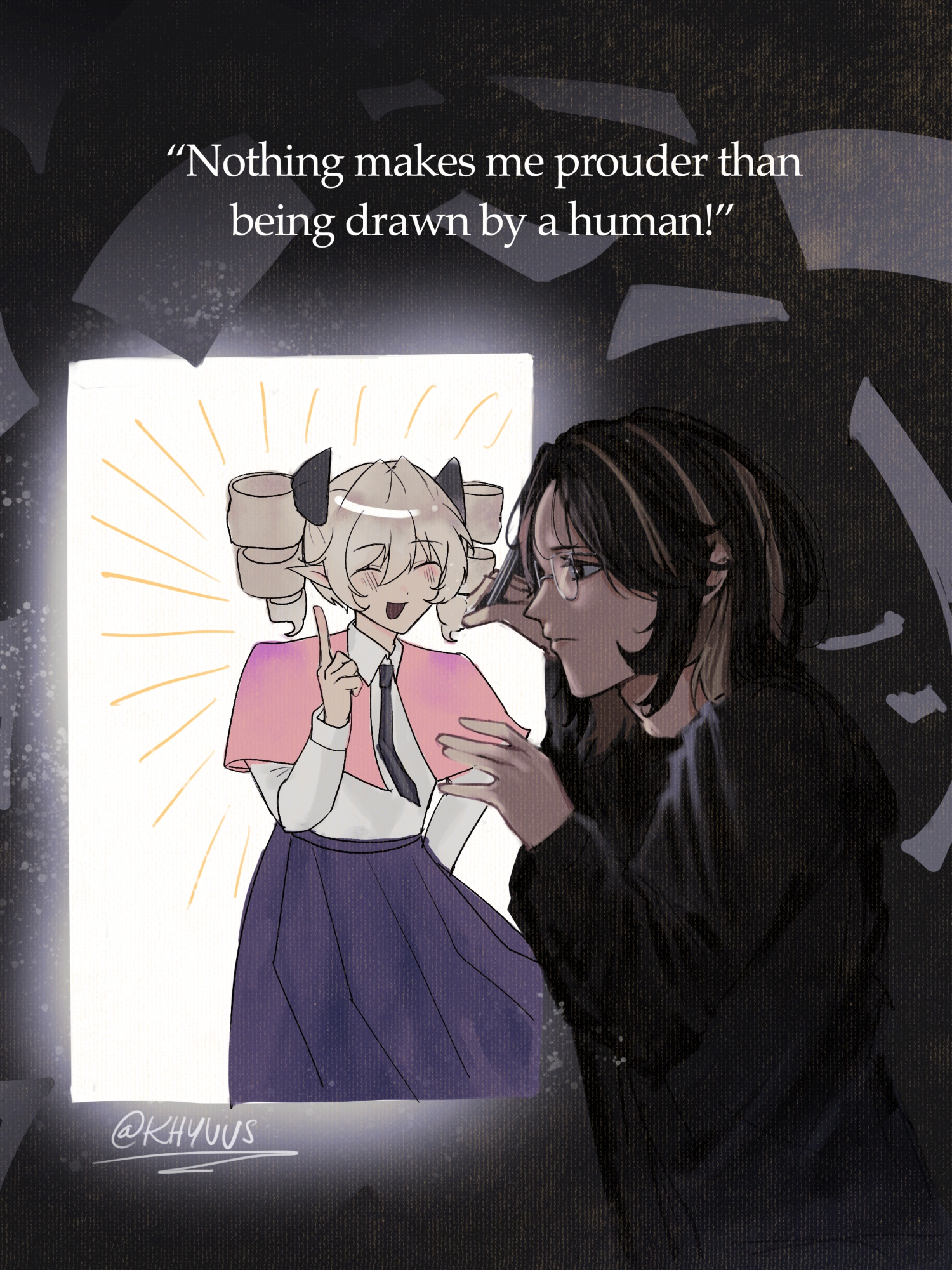
Who are the real artists? It is the ones who continue to create despite every failure they encounter during their journey; who use those experiences to continue practicing and mastering their craft. The ones whose passion pushes them to do better, to create something out of nothing.
Those who defend AI art often bring up arguments such as “It helps people with disabilities create art.” Yet when you look back in history and the modern era, there are many examples that prove this wrong. Despite suffering from disabilities, physically or mentally, people still continue to create art.
In the past we have Frida Kahlo, a famous Mexican artist in the 1900s who suffered from polio, mobility issues and chronic pain. Despite the pain, Kahlo continued to paint. Another is Ludwig Van Beethoven, a German composer and pianist born in the 1770s, slowly started to lose his hearing in his mid 20s, yet he continued composing.
When it comes to the present examples, we have John Bramblitt is a painter who is blind; AlanDeconArt who is an artist online who suffers from Primary Progressive Multiple Sclerosis; Manami Ito, a violinist who lost her arm in a traffic accident yet still continues to play; and Luren Hana Chai, a painter in Hawaii, who deals with the ongoing trauma and loss of her missing mother and still continues to paint and create art. That does not even scratch the surface of the many talented disabled artists out there.
AI defenders also bring up the argument “I don’t have the resources or tools to make art” when that is not true. The tools to create art are all around you. Draw in the dirt with a stick, pen and paper, use free apps online and etc. The best example I have seen yet was a song composed
by a 5th grader using a free app called Medly. Upon first listen, you can feel the passion and love put into it. When I first listened to it, I could not believe it was made with a free music app, but I slowly fell in love with the song.
The only limit in art is your own creativity.
When I first started my art journey as a kindergartener, all I had was leftover school supplies and access to the internet, which is all I needed to get started. Once I was done with homework, I would be at the table in the living room, watching a tutorial on how to draw eyes. It did not look like an eye at the end, but I still continued to draw and practice.
At any chance I was given, I would make little doodles in the margin of my notes and draw on leftover invoice paper my parents gave me and paint with cheap acrylics I got for Christmas. Bit by bit, I would see improvement in my art and would be proud of myself-proud of how far I have come from when I first started.
A person doesn’t need much to get started. As long they have the pas- sion and drive to get better, they will create something amazing.
In the end, I will always support human artists no matter what. No matter if they have been doing art for years or just started out, I will always support their work; painters, musicians, dancers, writers and the many other creative mediums out there. I rather commission an artist who will put effort, time and passion into their piece and talk with me about the process versus a machine that frankensteins a piece made of stolen art in less than a second.
While its not a practice often done in journalism, I have chosen to commission[paying someone to do make/do a task for you] three artists here at McKinley High School to create art for my article. My reasoning is because while AI can make art for free and quickly, I rather have someone I can talk to about the process.
In the video you will get to know more about the artist behind each art work, hearing what art means to them and there thoughts on AI art.
Aloha. The Pinion staff wants to send two students and one adviser to the JEA Spring Convention in Minneapolis in April 2026.
We are applying for a first-time attendee grant to cover lodging and registration fees. However, we could use your help to pay for travel.
We have other ways you can support The Pinion, too. Visit https://mhspinion.com/about to learn more.



